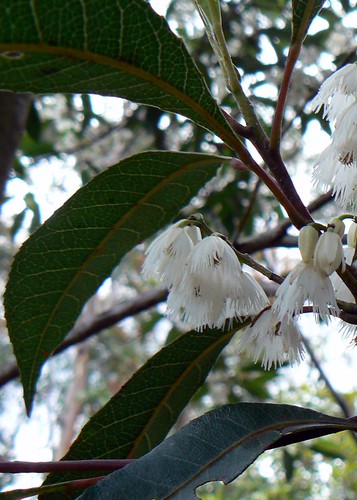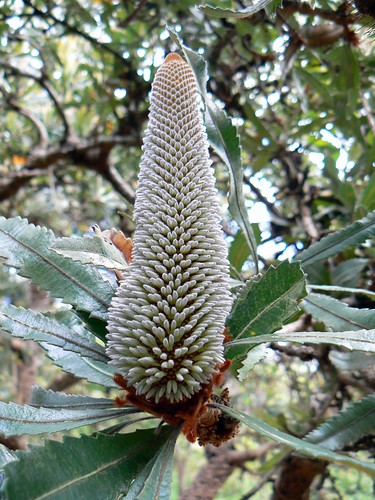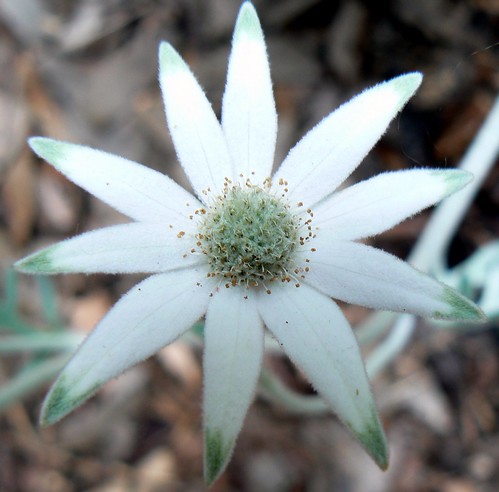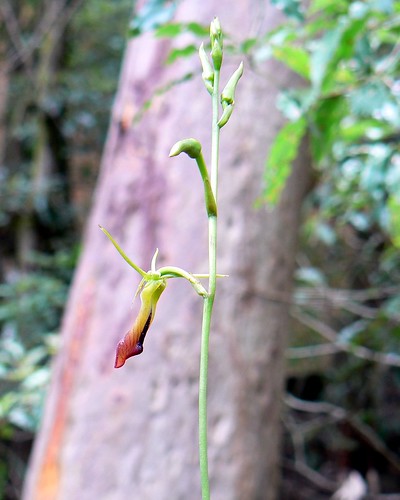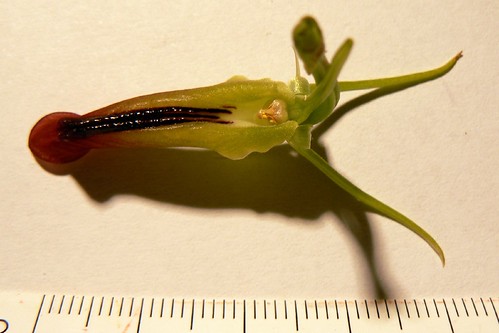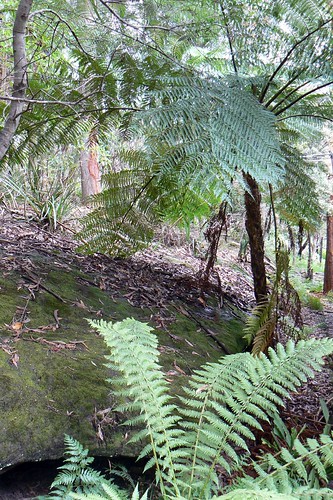 The sandstone rock platform that runs along one side of our property is proving to be a wondrously diverse and relatively undisturbed piece of habitat. As the weather warms up, I'm discovering increasing numbers of plant species, which is such a joy. This is where I found the Cryptostylis subulata I recently blogged about, and there are also Lomandra longifolia, Lomandra filiformis, Lomandra obliqua, Gahnia sp., and a range of monocots I'm yet to identify.
The sandstone rock platform that runs along one side of our property is proving to be a wondrously diverse and relatively undisturbed piece of habitat. As the weather warms up, I'm discovering increasing numbers of plant species, which is such a joy. This is where I found the Cryptostylis subulata I recently blogged about, and there are also Lomandra longifolia, Lomandra filiformis, Lomandra obliqua, Gahnia sp., and a range of monocots I'm yet to identify.Yesterday, looking out the bathroom window, I noticed a Stylidium productum in flower!
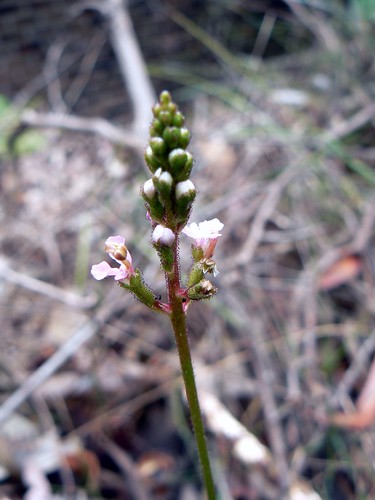
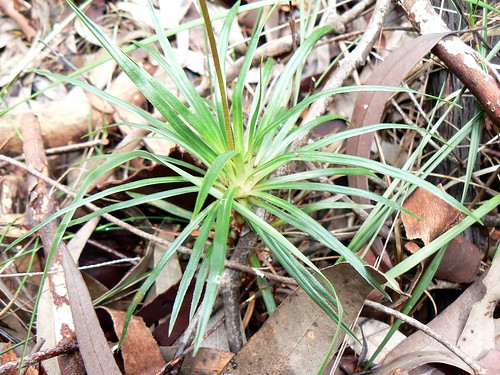
Some while back, when we were still living in Turramurra, I had the same species growing in a pot. It resulted in a far better photo (which was published on Botany Photo of the Day), but having it growing wild is much more satisfying.

An utter favourite of mine is Caustis flexuosa, also known, appropriately enough, as Curly Wigs. I'd love to try propagating it, although I hear it's not an easy task.

(Of course, instead of taking photos and blogging, right now I should be studying for a uni exam on Monday, but to be honest, my brain is in a state of jangling anticipation: today is election day. I've been out to vote and there is nothing to do but wait now to see what the rest of Australia's decided. The tension is excruciating! Please, please, please, let this be the last day of the wretched Howard Government....)
